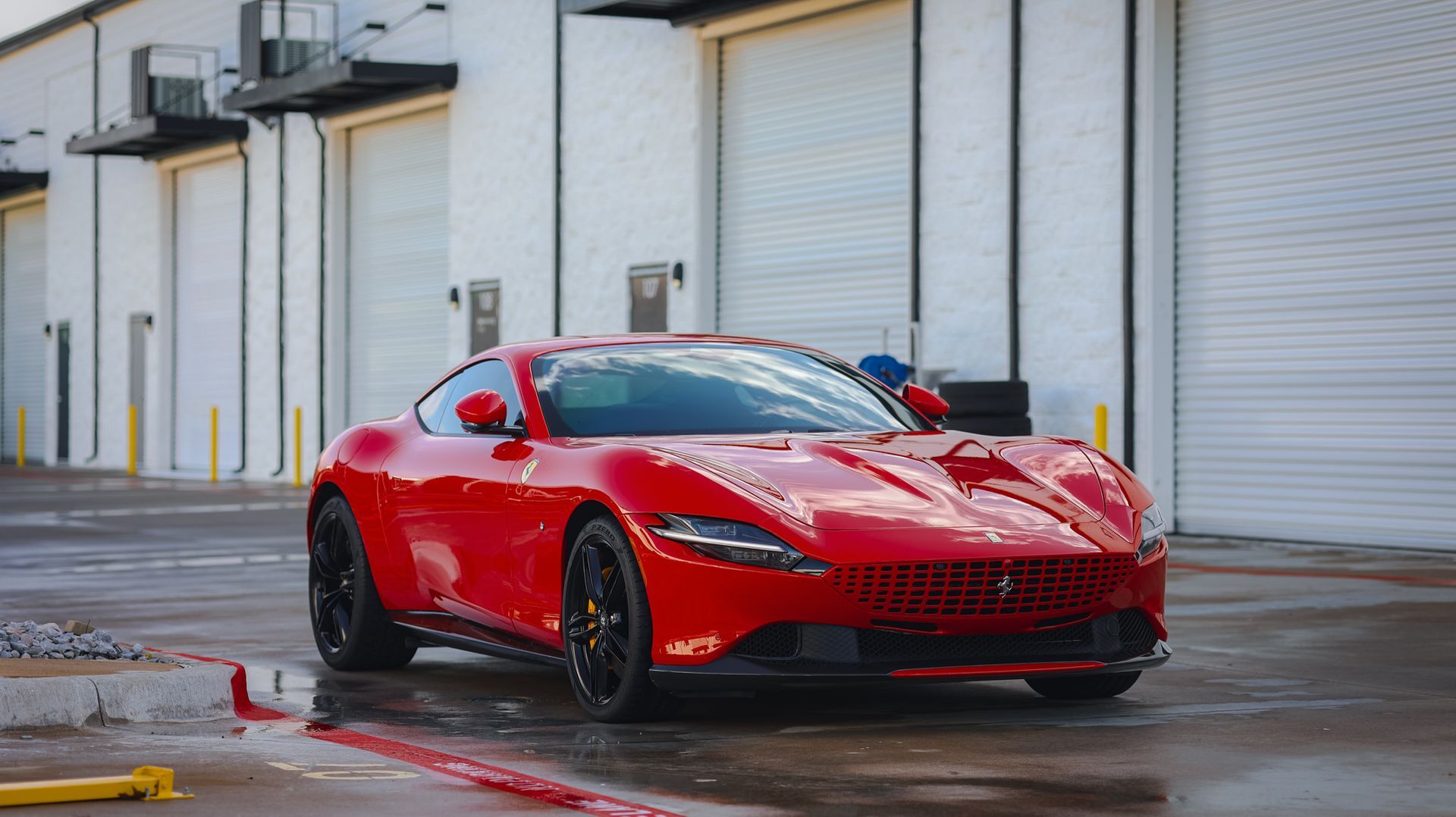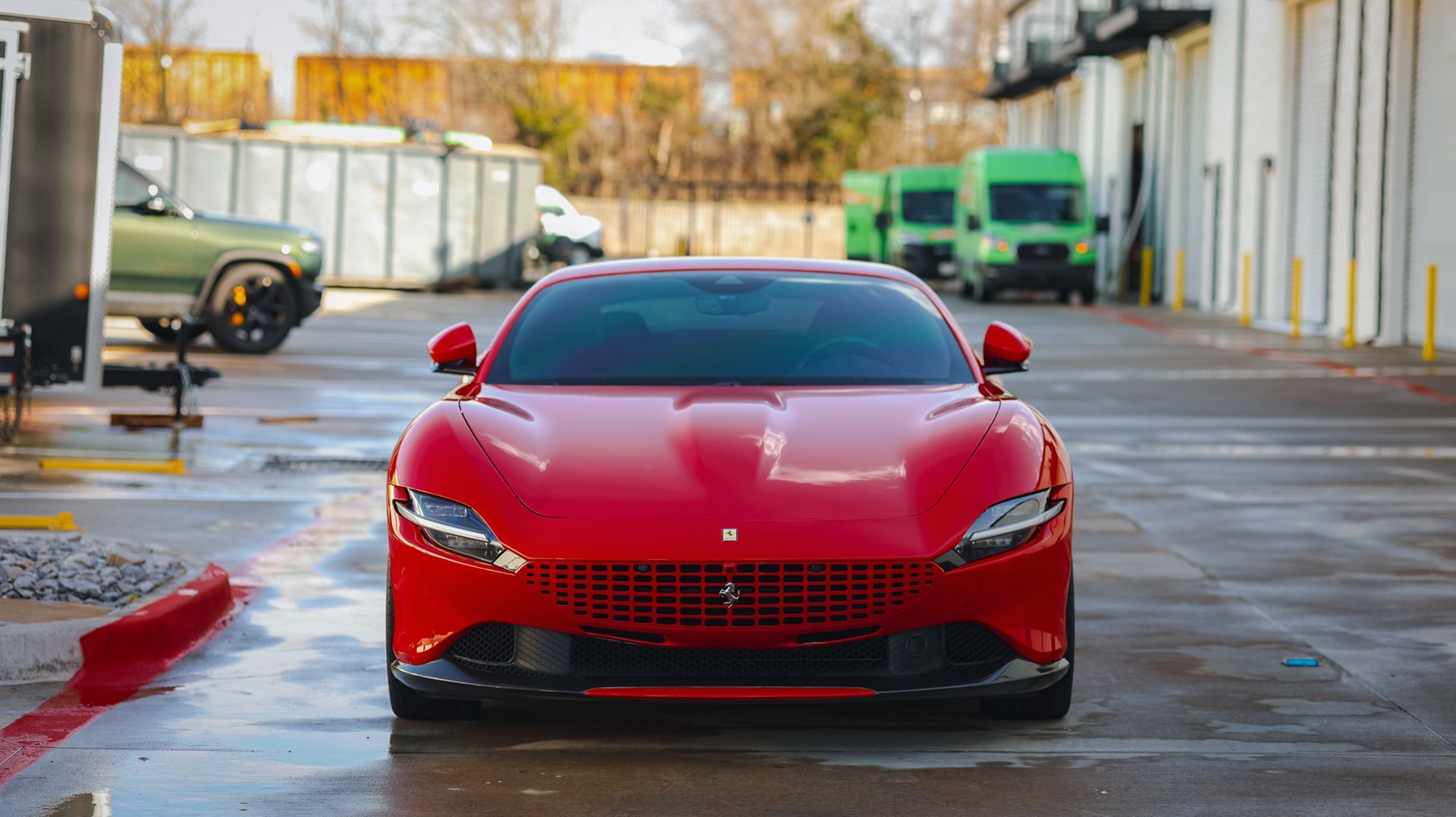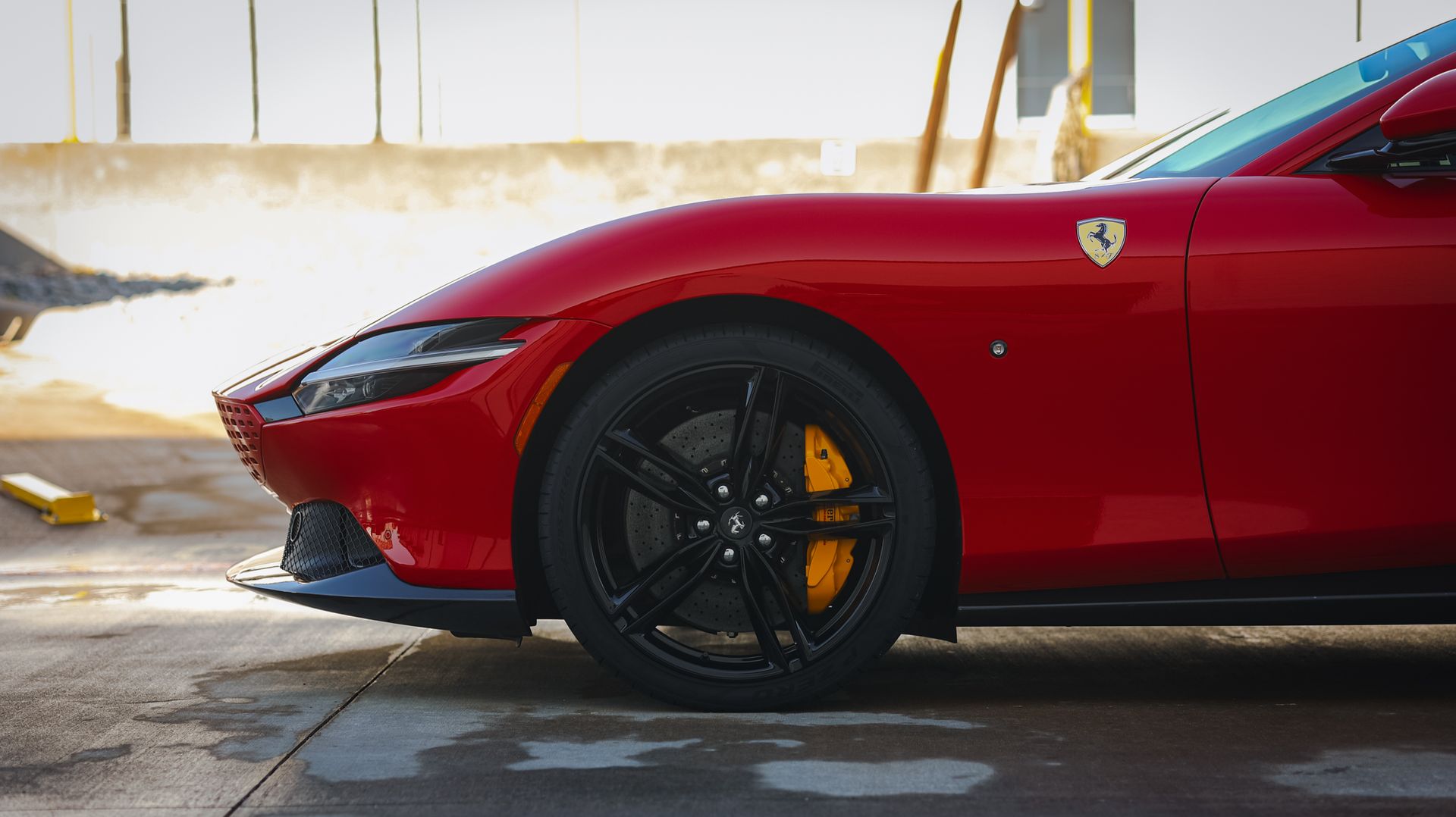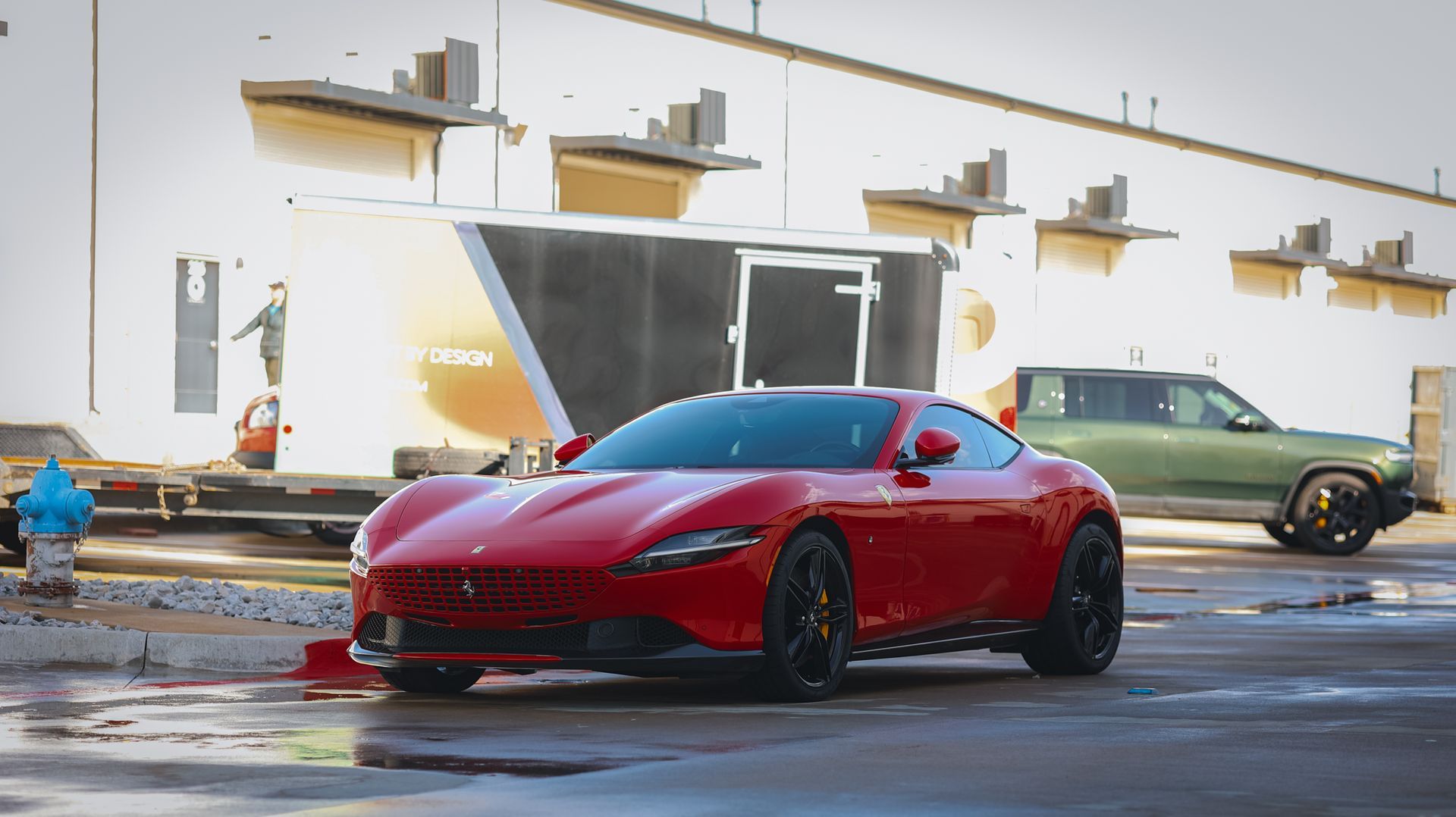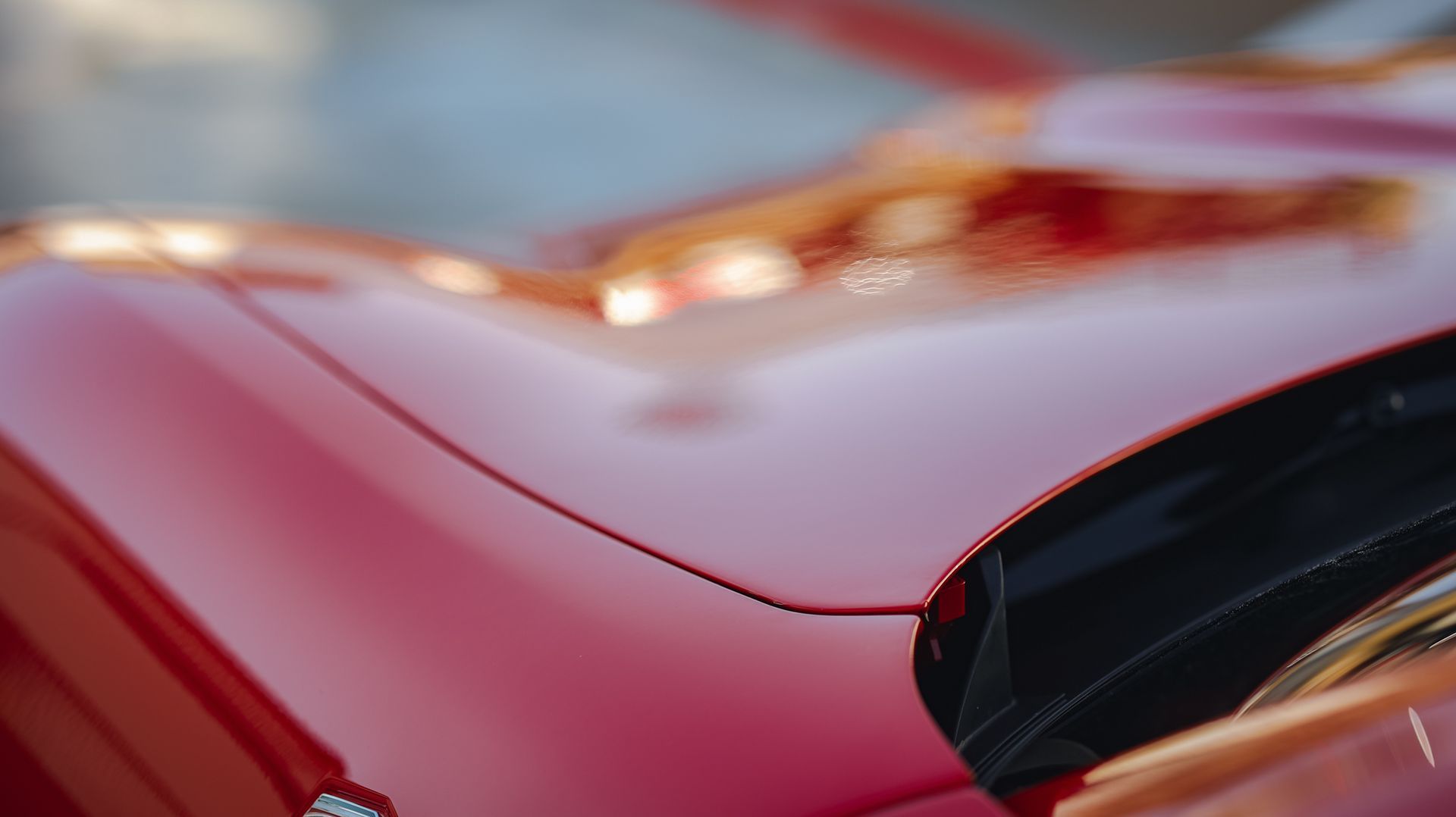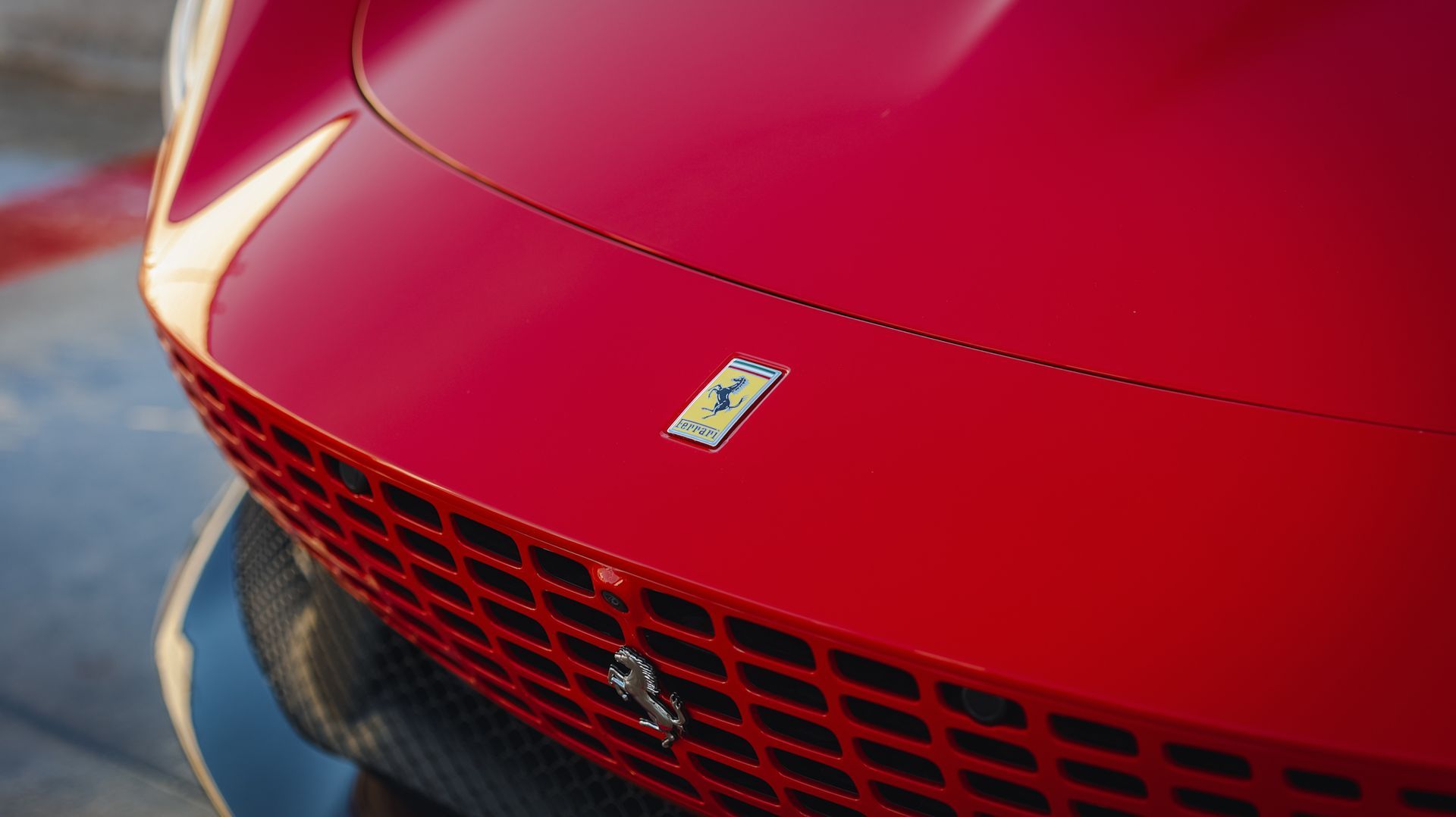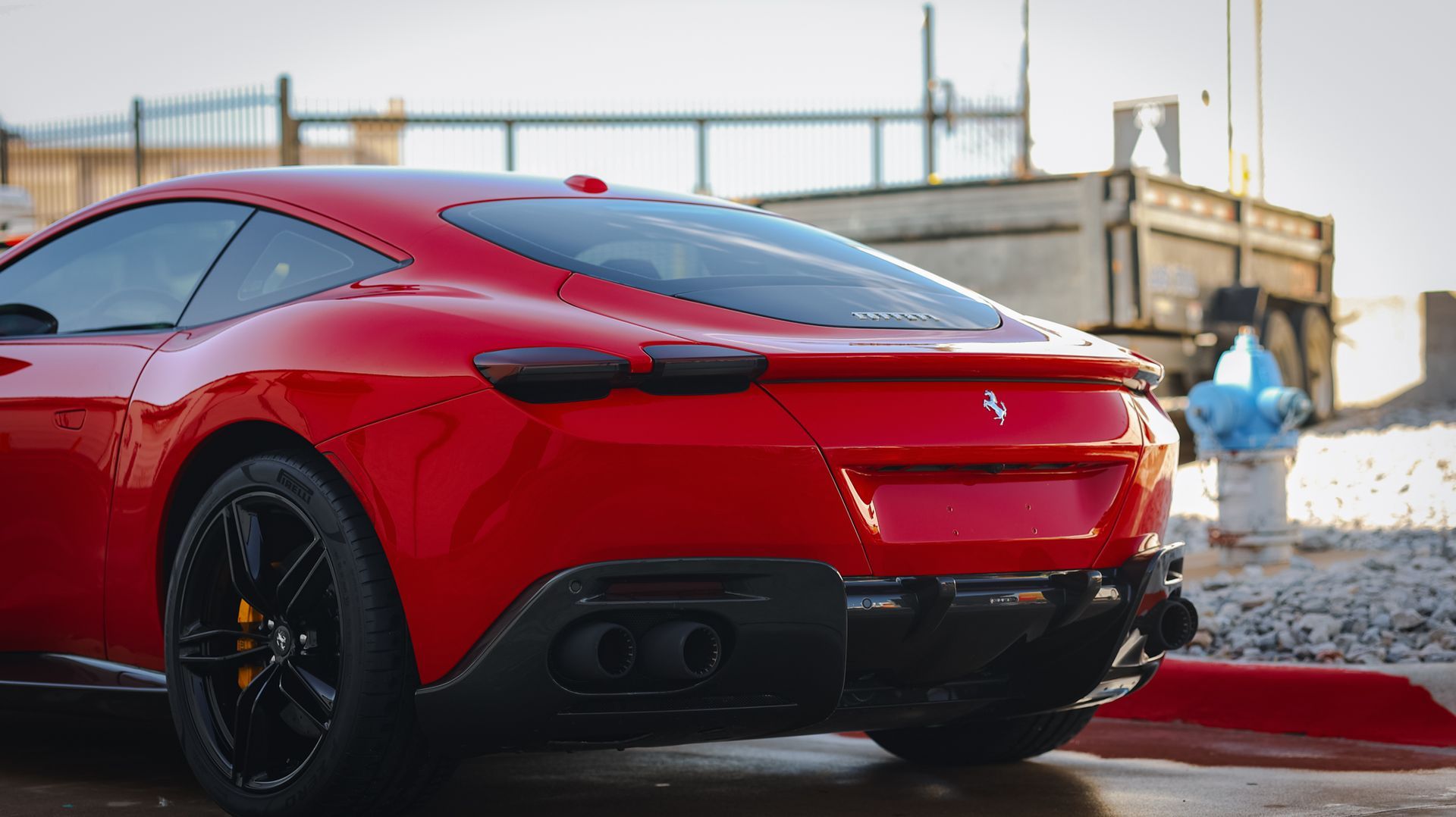Full Body PPF on a Brand New Ferrari Roma
This is the only package that makes sense for a car of this caliber.
Full Body PPF on a Ferrari Roma in Plano
The Ferrari Roma is a step in Ferrari's new and bold design language, and is a departure from their 458/488 mid engine designed sports cars. It’s elegance on wheels, a $250,000 statement of design and performance that deserves to stay flawless. When this Roma arrived at Humble Crew Auto Spa, the owner knew one thing for certain: full-body paint protection film (PPF) was the only way to protect his investment.
You can watch the full installation here:
👉 Ferrari Roma Full Body PPF Install
Full Body PPF is the Right Move
We see the same key reasons come up over and over when exotic owners choose full-body protection. Here’s how they break down:
1. The Cost of the Car Justifies the Protection
Full-body PPF is designed to absorb impacts, resist scratches, and prevent paint damage.
On a car worth well into six figures, the cost of PPF is small compared to the cost of even a single panel repaint. Ferrari paintwork isn’t cheap.
You get the peace of mind that your car is protected from the moment you leave the shop, knowing you’ve shielded your investment.
2. Peace of Mind wherever you park
PPF creates a physical barrier between your paint and the outside world.
When you park at a restaurant, hotel, or car meet, you don’t have to stress about a careless door swing or shopping cart grazing your Ferrari.
No more anxiety about parking in public. You can actually enjoy the experience of taking your car out instead of hovering around it nervously.
3. Designed for Long-Term Ownership
Premium PPF comes with warranties of up to 10 years and is built to last. It’s self-healing, UV-resistant, and maintains clarity over time.
Whether you’re driving daily or sparingly, the film keeps your paint locked in perfect condition for as long as you keep the car.
It will look like it just rolled out of Maranello—even years down the road.
The Process
Ferrari designed the Roma to be clean and minimal—no busy vents to hide mistakes. That leaves nowhere to hide for an installer. Here’s what I pay attention to:
-The long aluminum hood with a subtle crown. I anchor and pre-stretch so the film lays without tension lines across the crown. I remove the hood badge when appropriate (or custom inlay if removal isn’t preferred) and wrap edges underneath for a factory look.
-Front bumper with tight negative radii around the grille corners. This is where hacks over-stretch film and it lifts later. I map anchor points, use controlled heat to set memory, and—when the geometry demands—place a micro-seam deep in a shadow line rather than torture one massive piece.
-Headlamp and DRL pockets. Those “eyelid” recesses create compound curves. I float the film with a low-tack slip, lock reference points, and chase water out in phases so there’s no tension “smiling back” at you a week later.
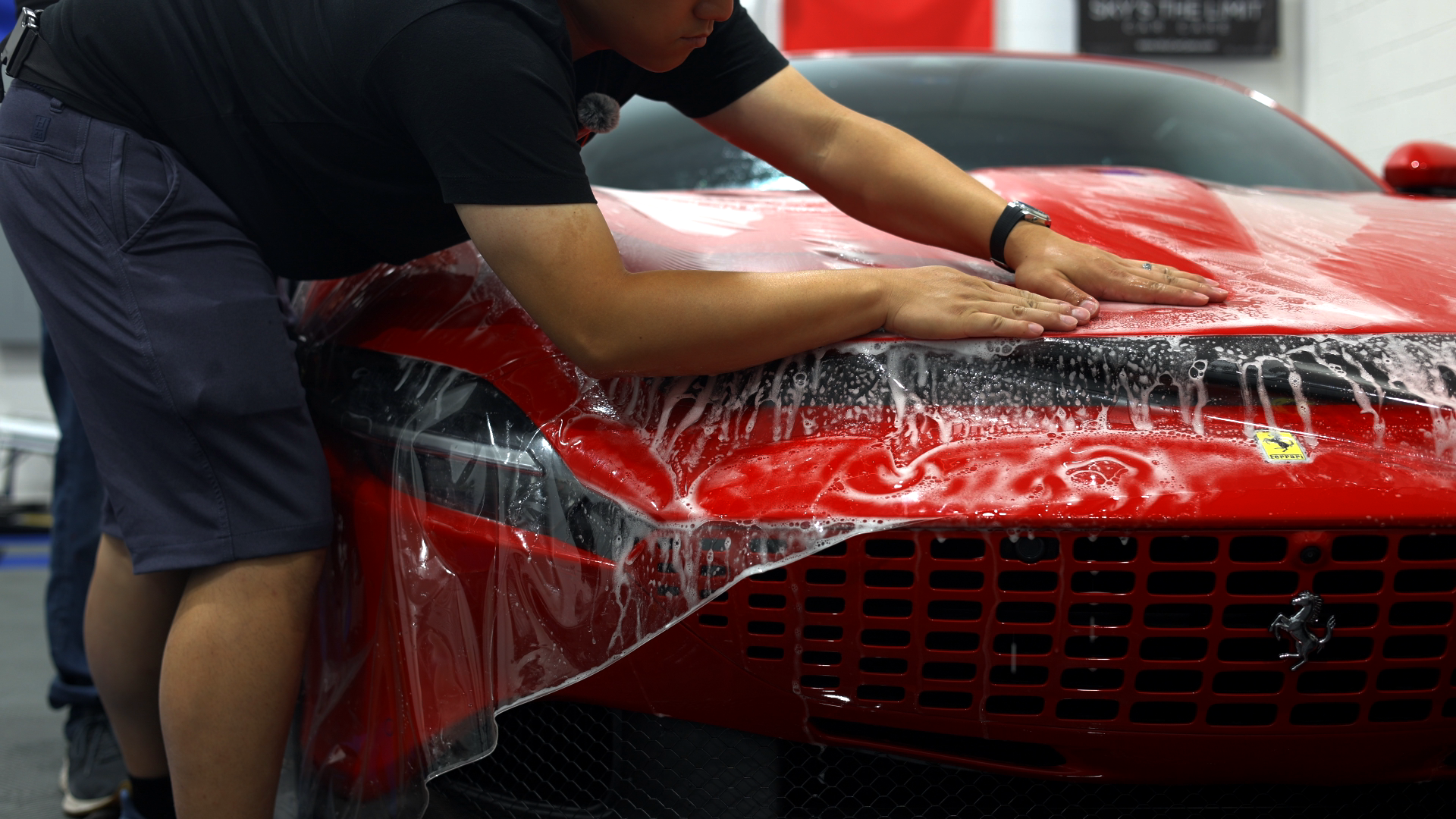
-Front fenders and (optional) Scuderia shields. Around shield edges, I modify patterns for relief and use micro-inlays so nothing lifts or prints through.
-Doors and the gentle side scallop. The Roma’s doors look simple, but the curvature transitions are sneaky. I wrap into the leading/trailing edges (within safe tolerances) and protect the gloss black B-pillars—they scratch if you breathe on them.
-Mirrors. I’ll bulk a mirror in one piece when the film’s elongation allows clean distortion-free coverage; otherwise, I split it with a seam hidden on the underside. No hero installs that creep back later.
-Roof and A-pillars. I run roof sections with straight, uniform tension so there’s no diagonal shear that can telegraph in sun. A-pillar edges get tucked and heat-set.
-Rear quarters and hips. This is probably the hardest part about the install. Because the roof is attached to the rear fenders in one long, cohesive piece, there needs to be a seam where the roof meets the rear fenders. We do the seam right where the rear side windows align with the top of the rear glass.
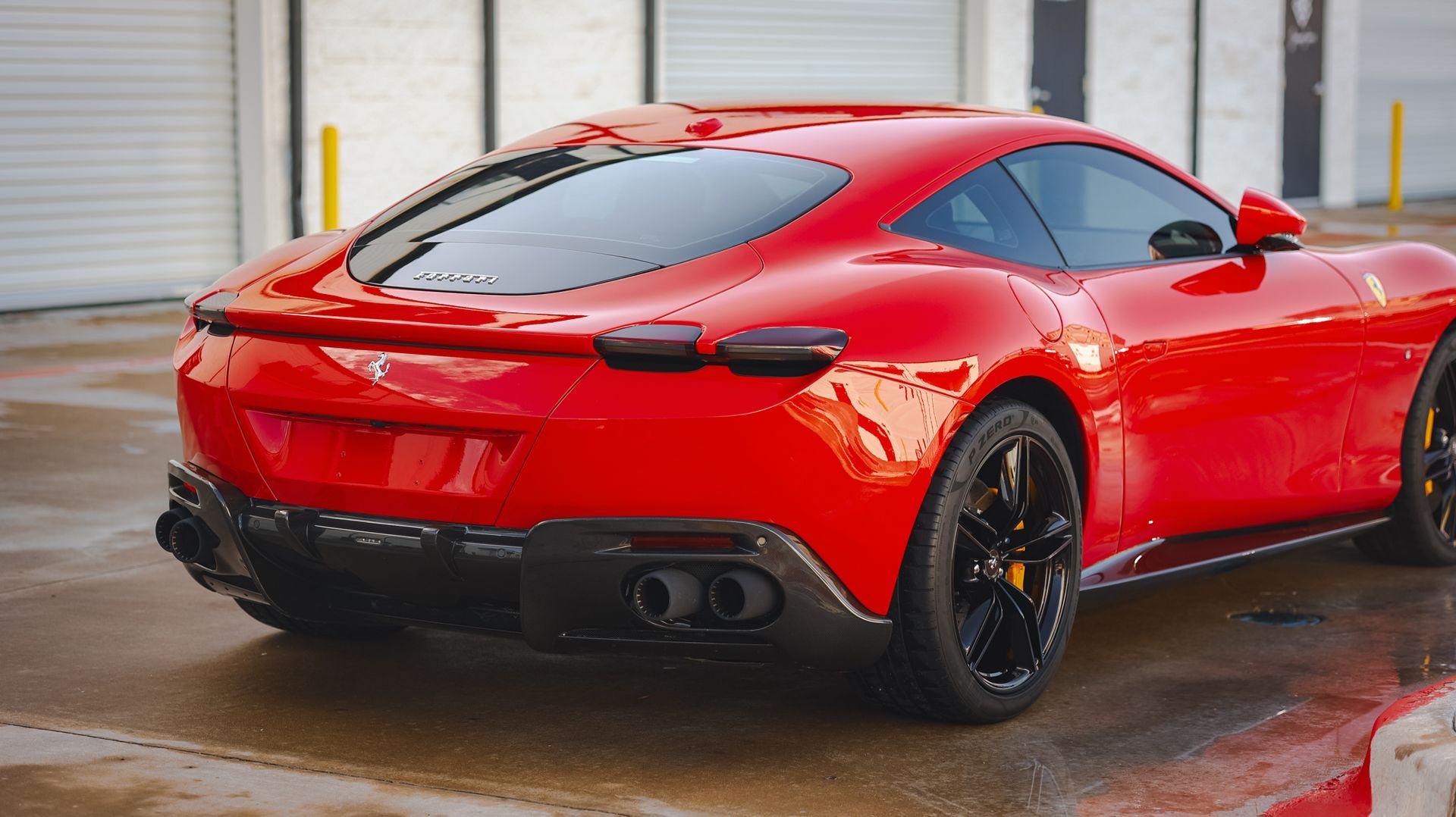
-Fuel door and pocket. I pop the door and wrap the lip so you don’t see paint edges each time you fill up.
-Rear bumper/diffuser. Sensors, corners, and diffuser curves get broken into logical sections with seams buried in natural breaks. I’d rather give you smart, invisible seams than pretend a one-piece is “better” and doom it to lift.
-Badges and scripts. I remove and reinstall with alignment jigs. If not, I plot/hand-trim crisp inlays so the edges are neat and protected.

Bottom line
Full-body PPF on a Roma isn’t about throwing film at panels—it’s about respecting the shape and managing tension so the car looks untouched, just safer. If you bought a Roma, you didn’t buy it to worry. You bought it to drive.
Based in Plano, TX. If you’re in the Dallas area with a Ferrari (Roma, F8, 812, Purosangue), I’ll show you exactly how I’d protect your specific car.

